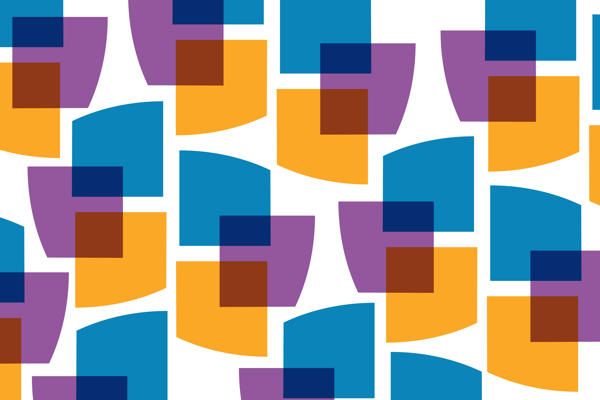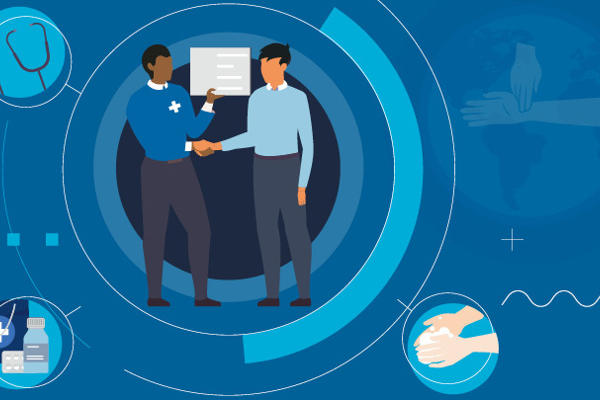RCP clinical director for digital health, Dr Wajid Hussain, explains how COVID-19 has changed how we use digital technology but underlying challenges still remain to be tackled.
The recent National Audit Office (NAO) report into ‘digital transformation’ in the NHS did not paint a pretty picture. Describing the NHS’s track record as ‘poor’, it goes on to highlight significant challenges such as ‘outdated IT’ and how to embed interoperability between systems.
That said, the report was written pre-COVID. The rapid changes to how we work and configure services over the past 2 months has been nothing short of remarkable. Many colleagues have been working outside their normal areas and comfort zones, but as we start to return to our more usual roles, the question arises of what changes we want to keep.
The move away from face-to-face appointments
One of the most significant shifts has been the overnight move away from face-to-face appointments. This is something the RCP has long advocated. In our 2018 report – Outpatients: the future, we highlighted how the system did not work well for patients as one in five appointments in England, and one in four in Wales, were cancelled or reported as DNA (did not attend) – the majority of cancellations by hospitals. There is also the large environmental impact of face-to-face appointments: they form a significant part of NHS-related traffic, which accounts for 5% of all road traffic in England alone.
The RCP member survey data from mid-May illustrate this change. Sixty five percent of members had switched to telephone appointments as a result of the pandemic. However, just 18% had started using video consultations and the most striking statistic is that over half (51%) reported not having access to a webcam to carry out video consultations.
My own experience with video consultations over the past couple of months has generally been positive. Although for some patients there are challenges and it cannot always replace a face-to-face conversation, the majority of patients find them much more convenient. From my perspective, it is a very different way of working as clinics can be conducted from anywhere. There are issues such as trying to juggle a clinic with multiple professionals as well as trying to provide training but it’s a system which is rapidly evolving. I cannot see myself returning to mostly face-to-face consultations. I suspect we will find a happy balance between the need for face-to-face contact and remote consultations, with their greater convenience for patients.
Digital obstacles remain and the way forward
Returning to the issue of webcams, this should be easy enough to fix but is indicative of a bigger problem. All clinicians will be familiar with the time we end up wasting due to slow computers and different systems not talking to each other. The NAO’s conclusions still hold water – the NHS remains let down by basic infrastructure when it is forced to innovate rapidly.
There are positive stories of digital innovation. In my own patch of the North West London Sustainability and Transformation Partnership, a patient portal has been introduced where patients can see their own data from GPs and different hospitals all in one place. Clinicians can also view the data and communicate with the patient, for example sharing questionnaires before clinics, while patients can also ask the clinician simple questions. Although this has been available for several years, the COVID-19 pandemic has dramatically increased its adoption.
This is exactly the type of innovative practice we need to encourage and embed. The RCP registrar Professor Donal O’Donoghue is working closely with various medical specialties to plan what ‘reset’ should look like. An important part of this work will be what we can do to improve services rather than simply restart them. Better use of digital technology to improve the experience and outcome for patients is clearly part of this vital work.
The RCP has adapted to these changing times by launching RCP Player, an on-demand streaming service that allows healthcare professionals to access videos and other learning materials on the go. We are also working with the Royal College of GPs to develop minimum standards for how remote consultations should be conducted.
Remote monitoring should also start to play an even greater role. Patients can use technology to submit personalised data, from wearable technology like Fitbits for example, rather than having to have another ‘routine’ appointment. This can be used to reassure and support patients to achieve health goals through self-management and allow data transfer back to clinical teams for interpretation and clinical monitoring from a distance.
These examples show how greater use of digital technology is vital to improving how we deliver healthcare, a point that has become impossible to ignore as COVID-19 upended the NHS. Positive change is happening but is hampered by inadequate basic IT infrastructure, particularly poor interoperability between systems. This needs to be a priority for the NHS, paving the way for digital technology to enable system-wide improvements that support better patient care and reduce the burden on clinicians.




